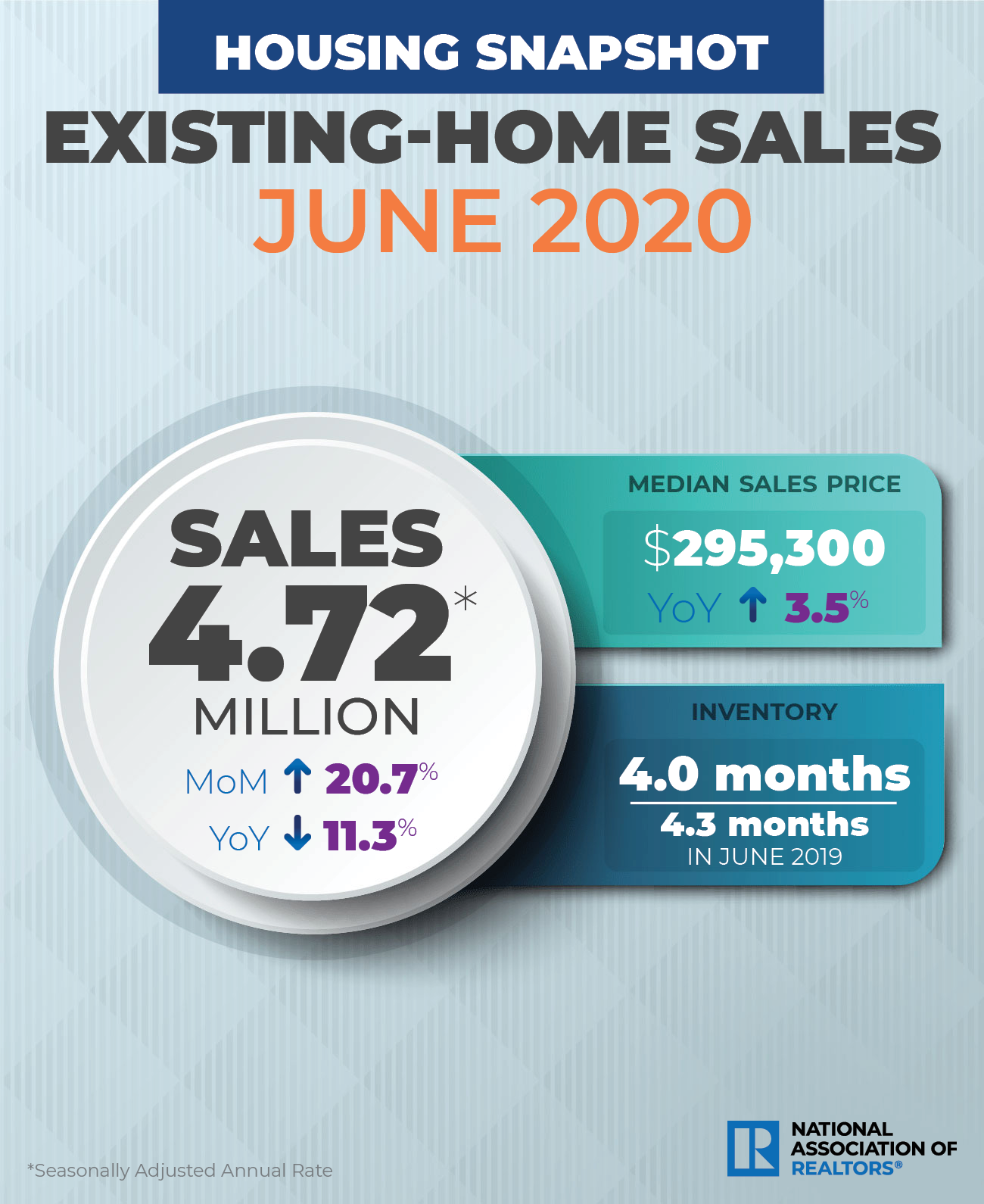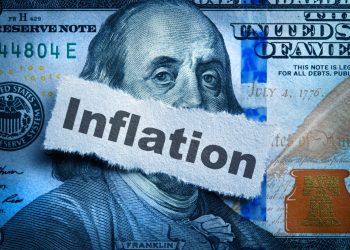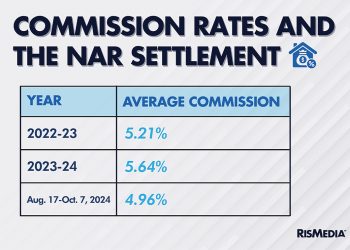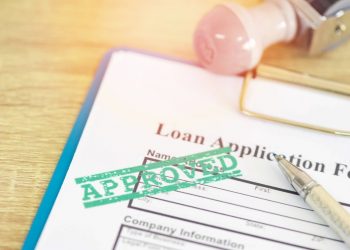According to the National Association of REALTORS® (NAR), existing home sales increased at a record pace in June, a significant turnaround after three consecutive months of sales declines due to the pandemic. Completed transactions for all property types increased 20.7 percent to a seasonally adjusted rate of 4.72 million. Year-over-year, however, existing-home sales are still down 11.3 percent.
The median sales price for existing homes was $295,300 in June, up 3.5 percent YoY, and prices increased across every region. Unsold inventory is currently at 4.0-months supply, down from 4.8 in May and 4.3 in June 2019. Days on market was at 24 for June, down from 26 days in May and 27 days in June 2019.
For single-family properties, the seasonally adjusted annual rate for sales was 4.28 million in June, up 19.9 percent in May and down 9.9 percent YoY. The median price was $289,600—a 3.5 percent increase YoY. For condos and co-ops, sales recorded at a seasonally adjusted annual rate of 440,000 units in June. That’s up 29.4 percent from May and down 22.8 percent YoY. The median existing condo price was $262,700, increasing 1.4 percent YoY.

By Region:
Midwest
Existing-Home Sales: 1.1 million (-13.4%YoY)
Median Price: $236,900 (+3.2%YoY)
Northeast
Existing-Home Sales: 490,000 (-27.9% YoY)
Median Price: $332,900 (+3.6% YoY)
South
Existing-Home Sales: 2.18 million (-4.0% YoY)
Median Price: $258,500 (+4.4% YoY)
West
Existing-Home Sales: 950,000 (-13.6% YoY)
Median Price: $432,600 (+5.4%YoY)
How the Industry Is Responding:
“The sales recovery is strong, as buyers were eager to purchase homes and properties that they had been eyeing during the shutdown. This revitalization looks to be sustainable for many months ahead as long as mortgage rates remain low and job gains continue. Home prices rose during the lockdown and could rise even further due to heavy buyer competition and a significant shortage of supply. Homebuyers considering a move to the suburbs is a growing possibility after a decade of urban downtown revival. Greater work-from-home options and flexibility will likely remain beyond the virus and any forthcoming vaccine.” — Lawrence Yun, Chief Economist, National Association of REALTORS®
“It’s inspiring to see REALTORS® absorb the shock and unprecedented challenges of the virus-induced shutdowns and bounce back in this manner. NAR and our 1.4 million members will continue to tirelessly work to facilitate our nation’s economic recovery as we all adjust to this new normal.” — Vince Malta, President, National Association of REALTORS®
“Sales were buoyed thanks to some of the lowest mortgage rates on record giving Americans increased buying power. Buyers are still catching up after missing out on the traditional spring purchase season, which was delayed due to stay-at-home orders. As we continue into the summer months, expect increased competition for homes fueled by tight inventory and exceptionally high demand.” — Bill Banfield, Executive Vice President of Capital Markets, Quicken Loans
“MBA’s data has shown a sharp rebound in mortgage purchase applications once states started reopening in May, with activity now surpassing year-ago levels for nine straight weeks. It is thus no surprise that existing-home sales, which are recorded at closing, picked up in June to their highest level since March. We continue to highlight the extraordinarily low level of housing inventory, both in terms of the absolute number of properties on the market, as well as months’ supply. Constrained supply will continue to support home prices in the months ahead, while also making it challenging for some would-be buyers to reach the market. Record-low mortgage rates should keep demand strong, even as the unemployment rate remains extremely elevated.” — Mike Fratantoni, SVP & Chief Economist, Mortgage Bankers Association
“The resurgence of housing demand began in May and has continued into the first half of July in many areas, bringing sales paces back near 2019 levels. Inventory remains low following the listing contraction in April and May in response to the pandemic. This ratcheted up price growth alongside a temporary low in COVID-19 cases; stimulating demand. The recent resurgence in case numbers is likely to impact demand and continue to keep inventory at suppressed levels, but agents and consumers have now had ample time to adapt to social distancing practices and virtual tools, so the impact on sales may be less than we saw in April. The path of the housing market in the near term is going to be closely linked to how the economy progresses. With unemployment supplements expiring and most PPP loans having run their course, we need an appropriate follow-up to the CARES Act.” — Ruben Gonzalez, Chief Economist, Keller Williams
For more information, please visit www.nar.realtor.











